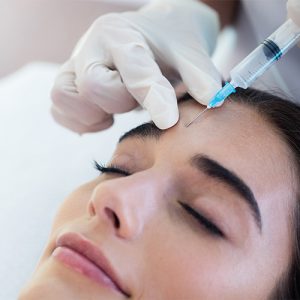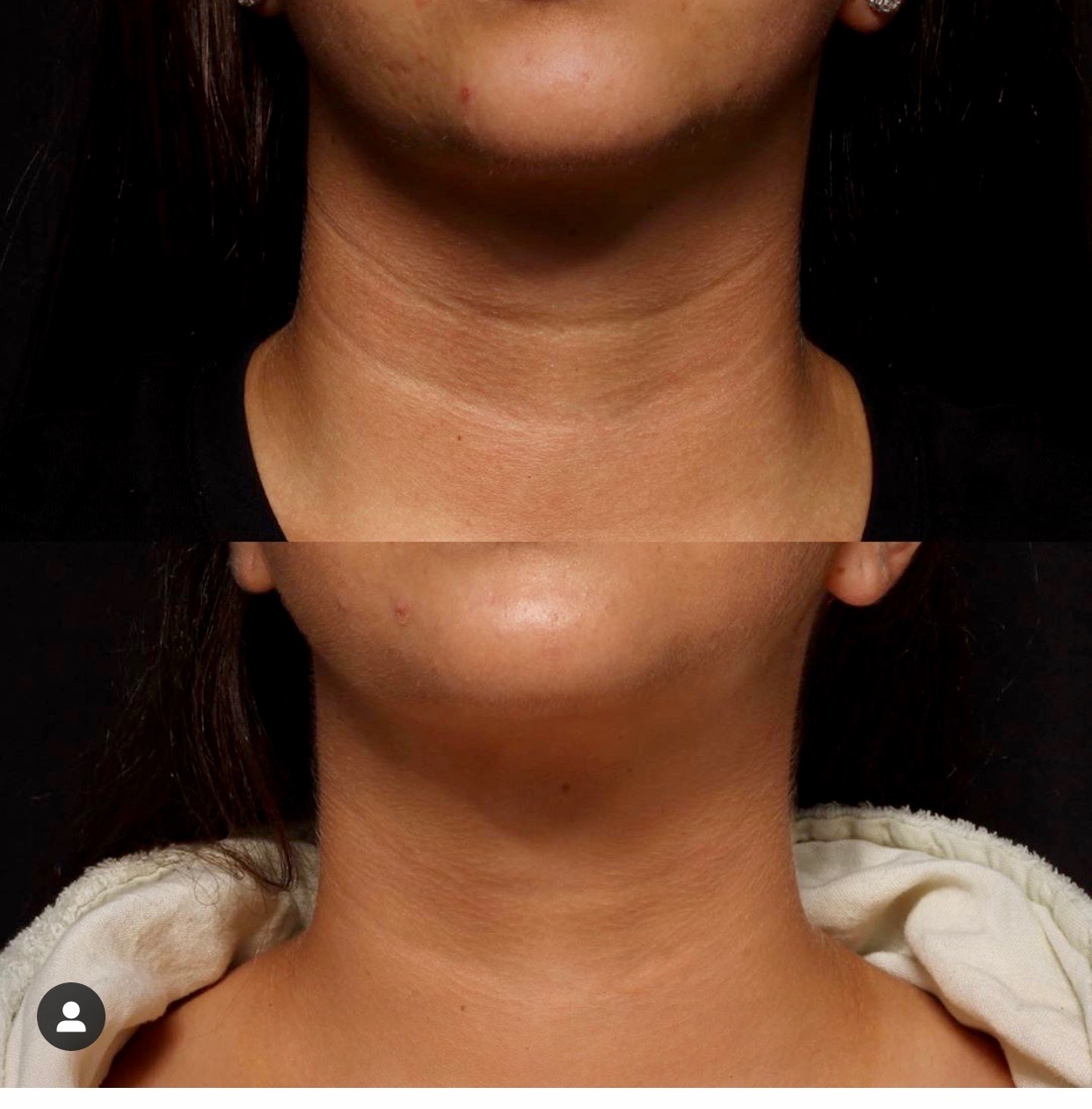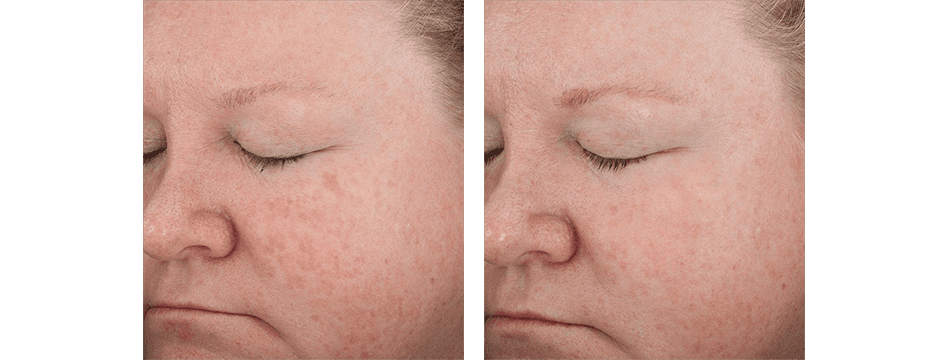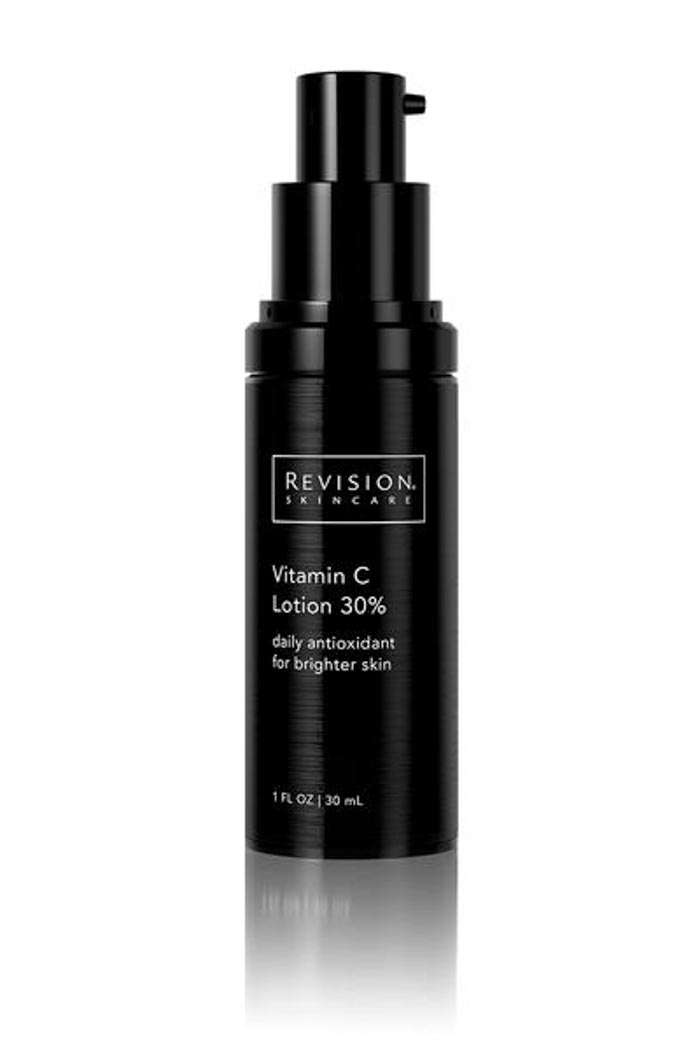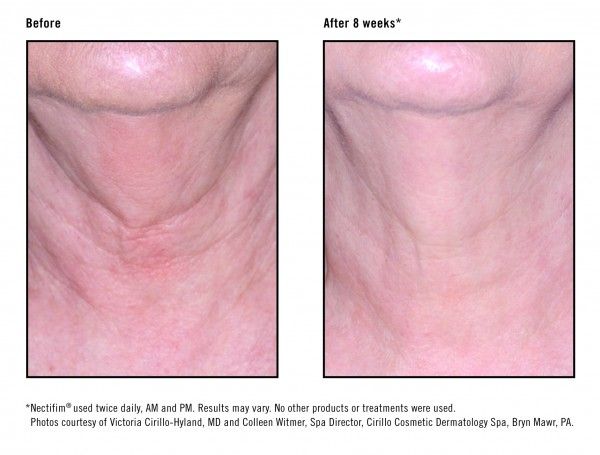Retinoids vs Retinol: What’s The Difference?
Curious about the difference between Retinoids vs Retinol? This is an extremely common question, especially working with Dermatologists. Clients want to know if they should see the Dermatologist for a prescription or use something OTC (over the counter).
The Simple Difference
I like to keep it simple. The way I explain it to my clients is: Retinoids=Prescription strength, Retinol=non-prescription strength. All are Vitamin A. Now there is a lot of wiggle room here as there are a lot of different brands and concentrations out there.
Retinol Example
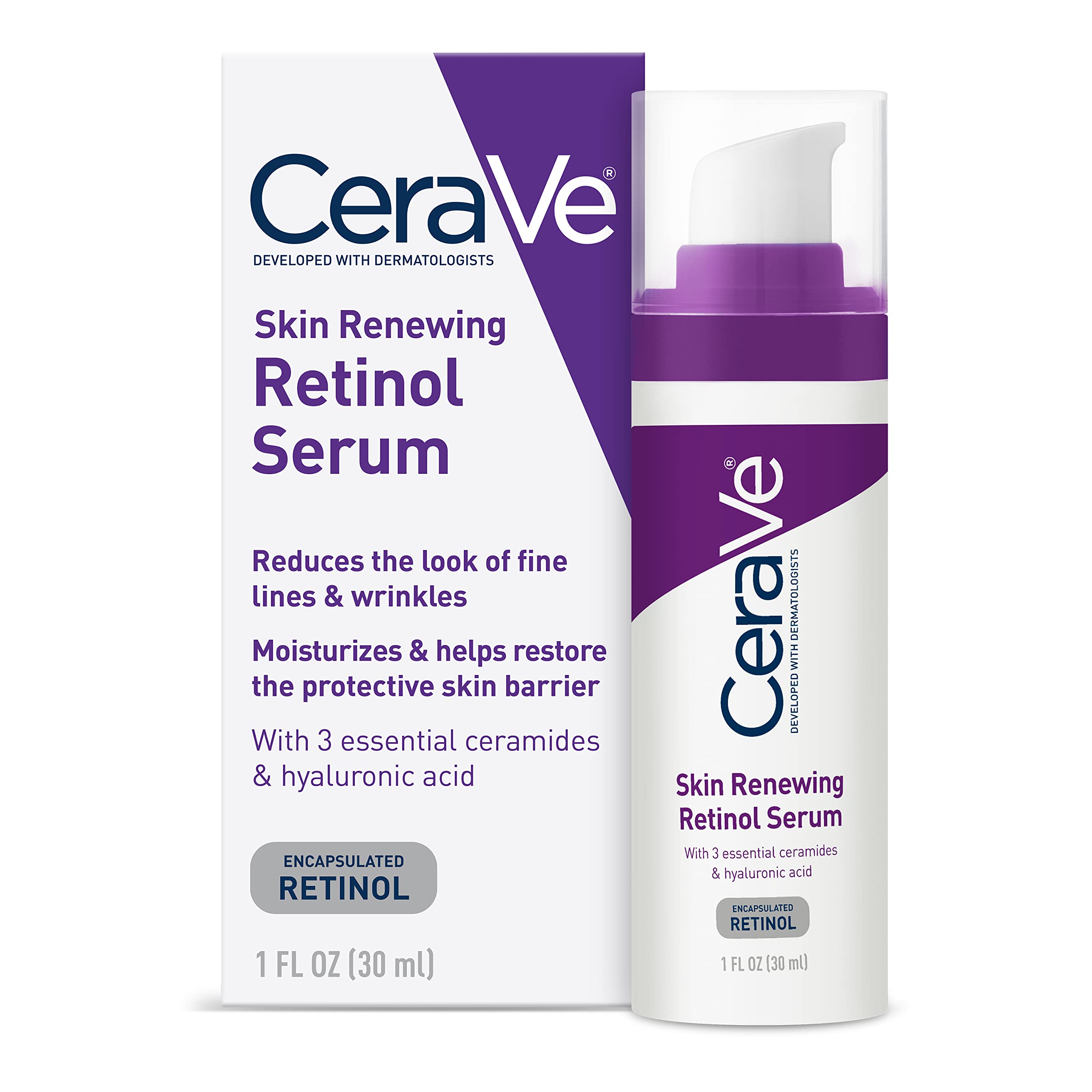
Retinoid Example
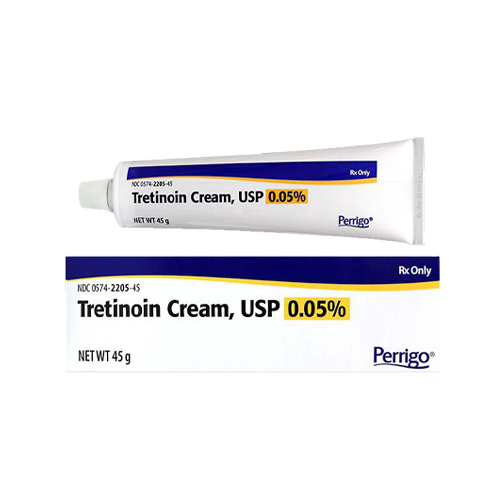
Retinoids vs Retinol Explained
A patient would see a Dermatologist for an Rx retinoid cream such as Tretinoin or Tazorac for conditions such as severe acne, scarring, etc. These are converted to retinoic acid rapidly in the skin and begin the cell turnover process very fast. This is good for getting results quickly.
The downside of these can be, (for some, not all), extreme irritation and dryness. Because it works so quickly and strongly, it runs the risk of degrading the skins barrier function, leading to dryness, redness and overall intolerability. The problem with this is that a lot of clients will not use them consistently, which is crucial for improvement. For example: they will apply it Sunday night and become so dry and irritated for 2-5 days, then use it again once their skin has returned to normal. While this will still give a result, It is uncomfortable and not as efficatious.
Retinol on the other hand takes a bit more time to be converted into Retinoic acid in the skin but sometimes this is a good thing. Our favorite Retinol products from Revision Skincare are time released so the skin absorbs it in a very controlled manner, decreasing downtime and irritability. It also has several antioxidants including bakuchiol which is a broad spectrum antioxidant that increases the efficacy of the retinol, and contains several other antioxidants to help sooth the skin.
All of the Revision Skincare products contain peptides that do all sorts of things like help the skin hold on to precious moisture and help prevent loss of collagen and elastin, decrease inflammation, lighten hyperpigmentation, the list goes on and on. Revision has been a pioneer in the retinol business. Their products deliver prescription strength results but feel like a nuturing, luxury line.
Vitamin A derivatives are the ONLY product clinically proven to treat fine lines and wrinkles, so regardless of which one you choose, just use it! You will thank me later…
If you are unsure of which retinol to use, come in for a consultation. We are happy to find you the perfect fit for your skincare goals!
Retinoids vs retinol Retinoids vs retinol Retinoids vs retinol

